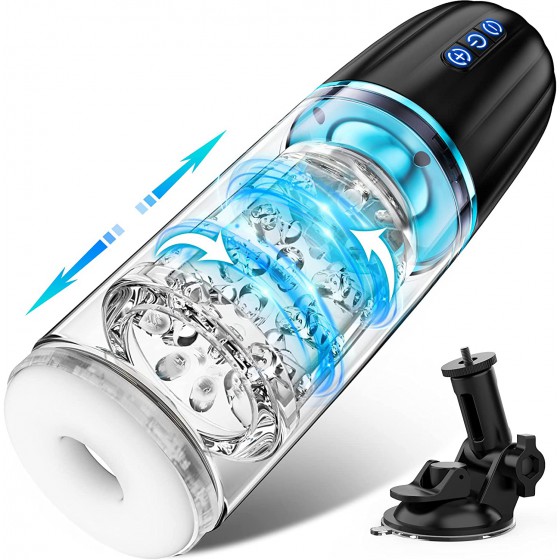Semen liquefaction and fertility
The liquid - coagulation - liquefaction process of semen has very important physiological significance. It is initially in a liquid state to facilitate the ejaculation of semen, and then forms a gel state, which is beneficial to the semen staying in the vagina for a long time and allowing the sperm to remain in the vagina for a long time. Get enough rest and get more energy from your semen. Once liquefied, the sperm has enough energy to move quickly to find the egg. Judging from the information provided by this wage earner, the semen ejaculated during masturbation becomes as thin as water after a period of time. This is not an illness, but a normal physiological phenomenon, and it will not affect future fertility.
On the contrary, the semen is viscous like jelly or even pasty. According to the laboratory test, the regular viscosity of the semen is above ++, which means the viscosity is too high and the semen is discharged from the body. When the indoor temperature is normal, 1 hour If the above does not liquefy, it is called "non-liquefaction" of semen. Because the semen does not liquefy, the vitality of the sperm is bound to be restricted. The sperm cannot be transported into the cervix and loses the opportunity to combine with the egg, making it impossible to conceive. The semen does not liquefy, causing the sperm to move laboriously and consume too much energy, leading to death and infertility. According to statistical analysis, infertility caused by non-liquefied semen accounts for approximately 5% to 9% of male infertility cases.
This article comes from adult.6kmall.com and is published by netizens. This site only quotes it for reference. It does not mean that this site agrees with the views of the article. If you believe that the content and intellectual property rights of this article infringe upon your interests, please contact us.













